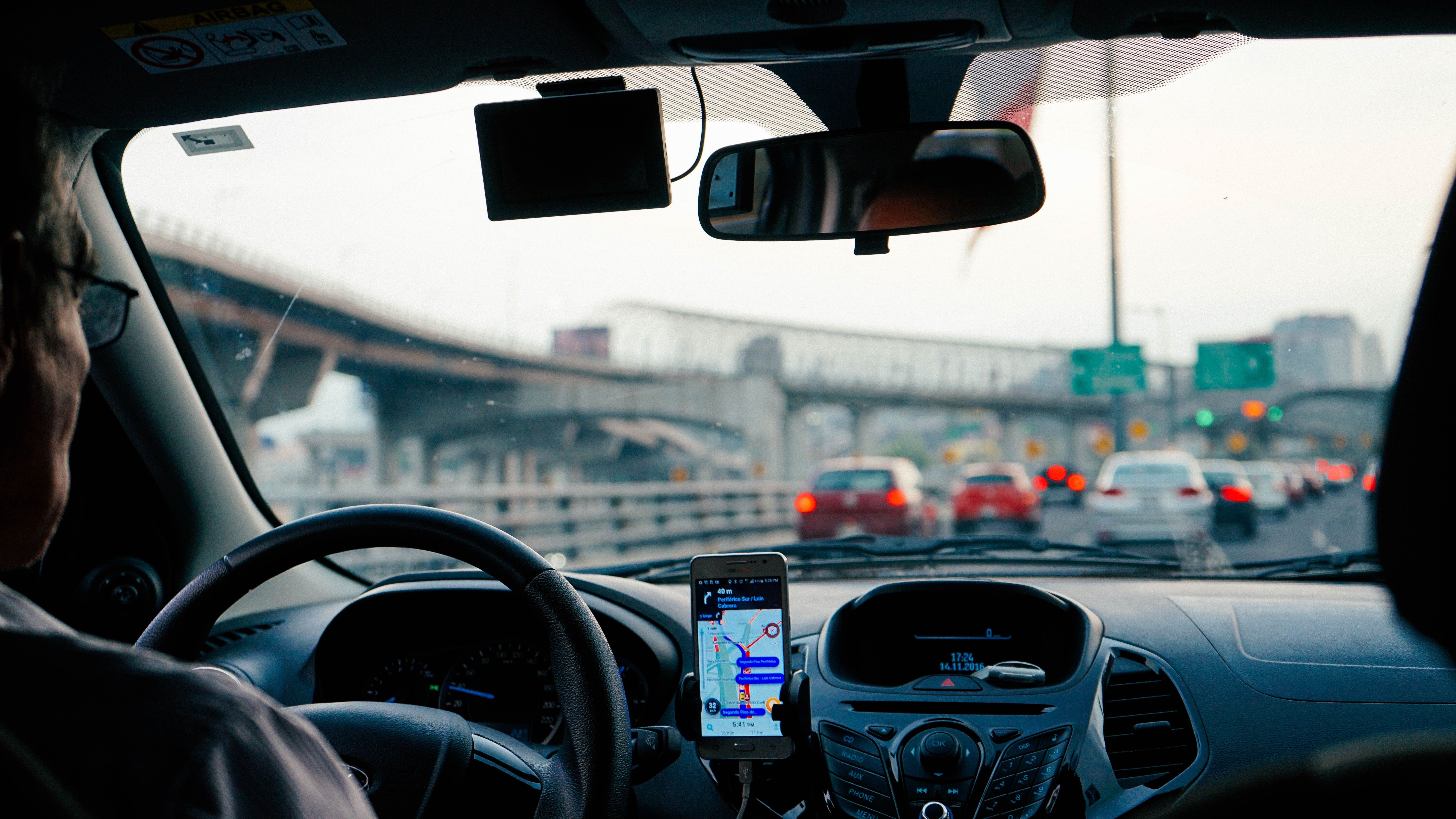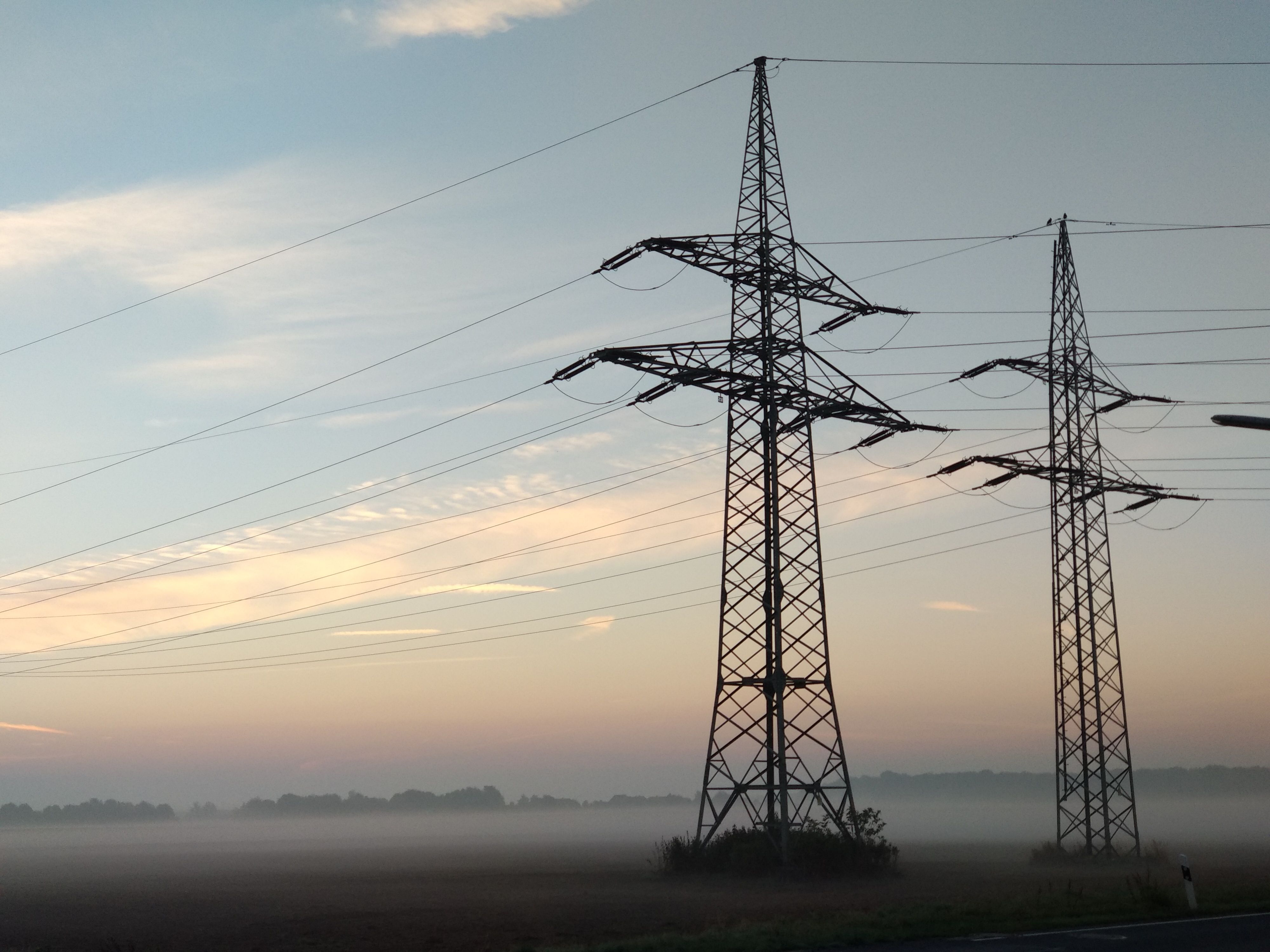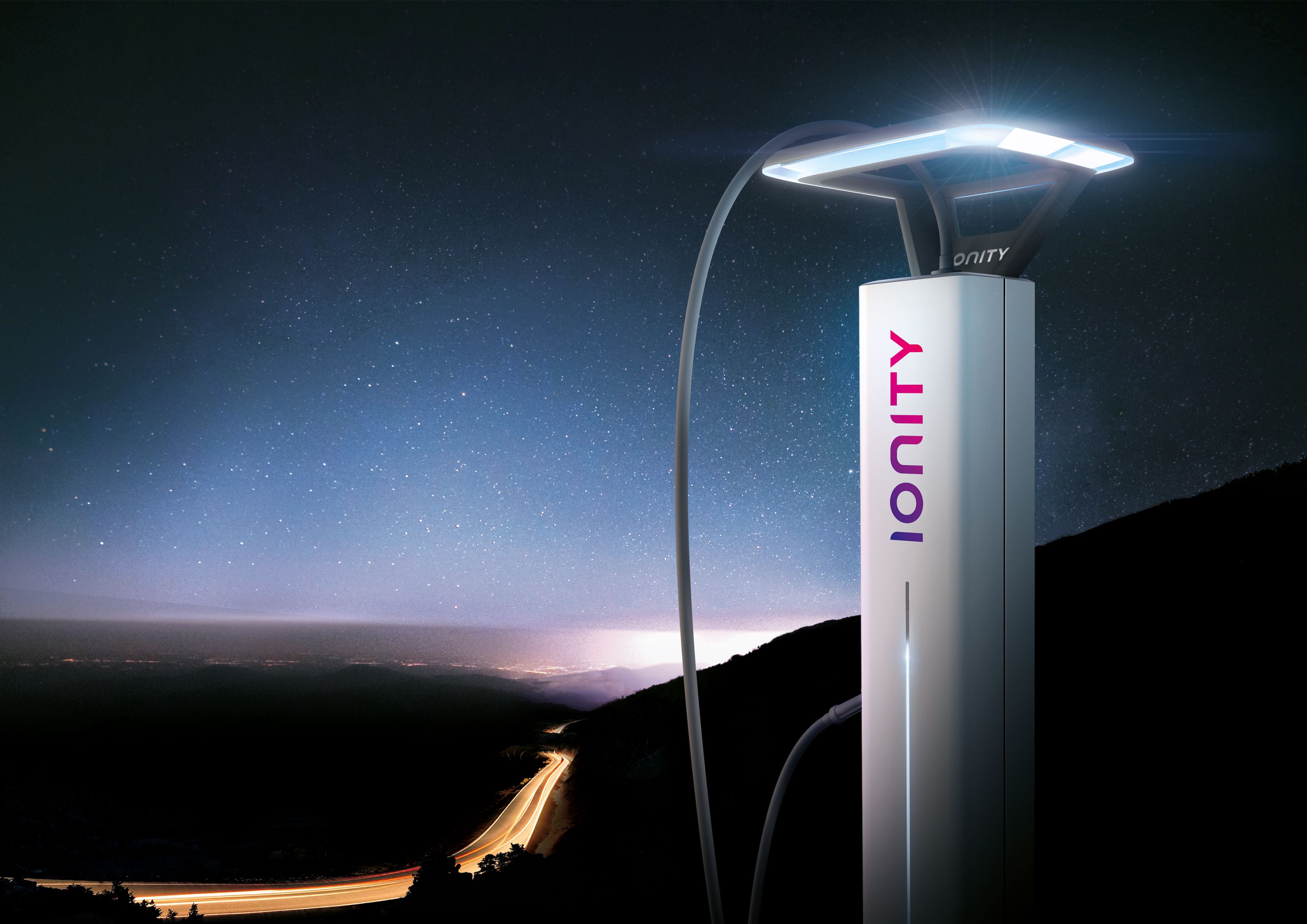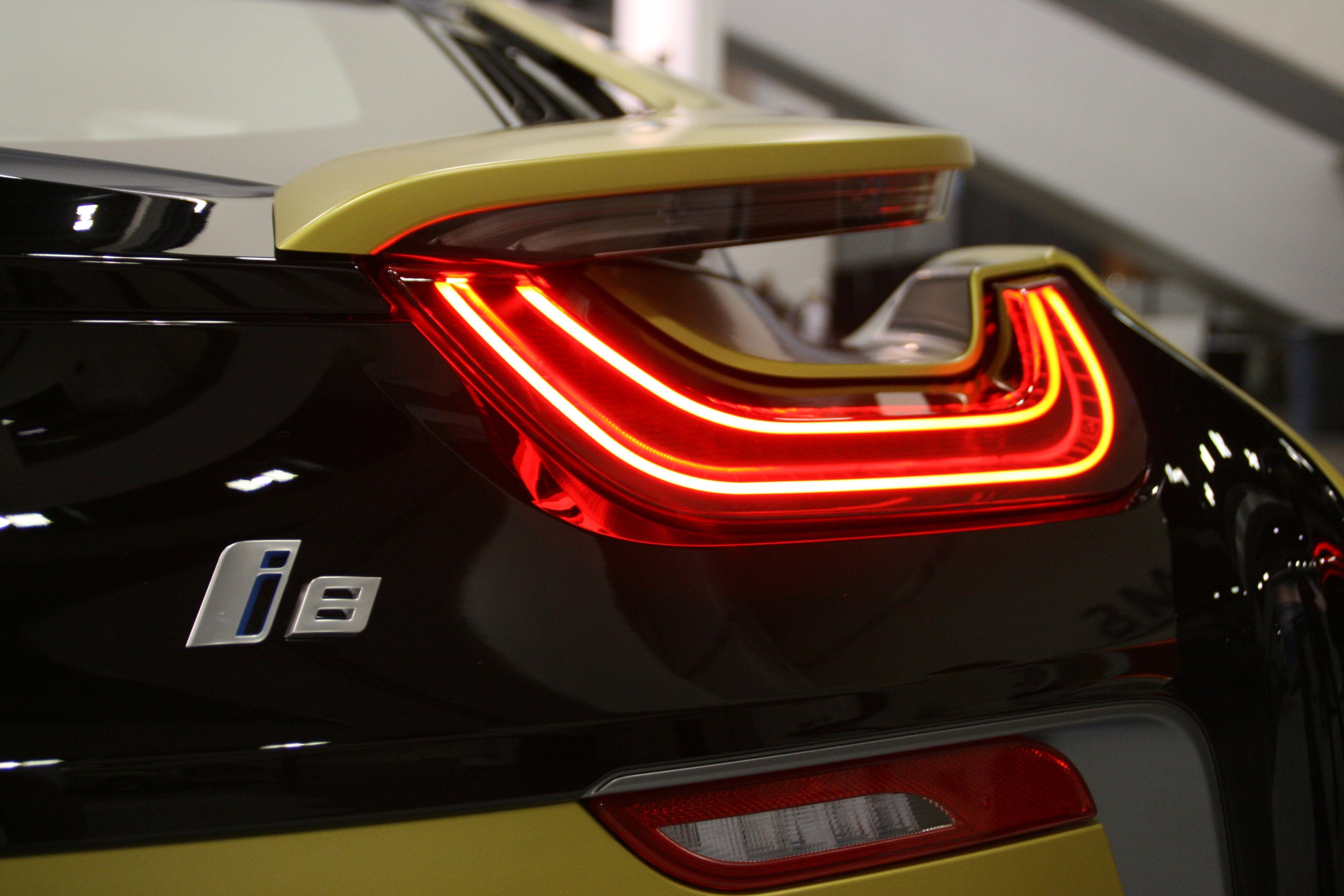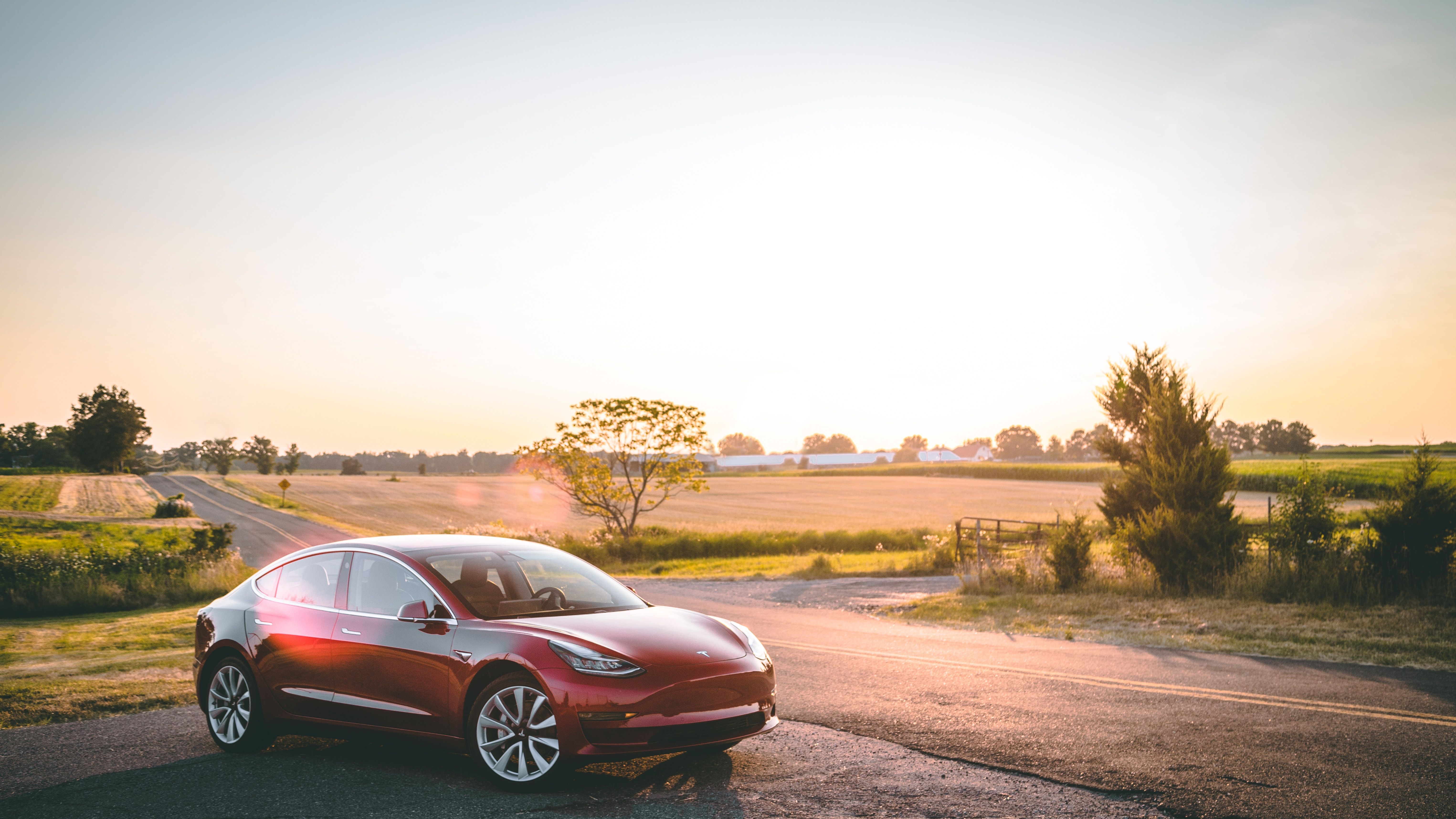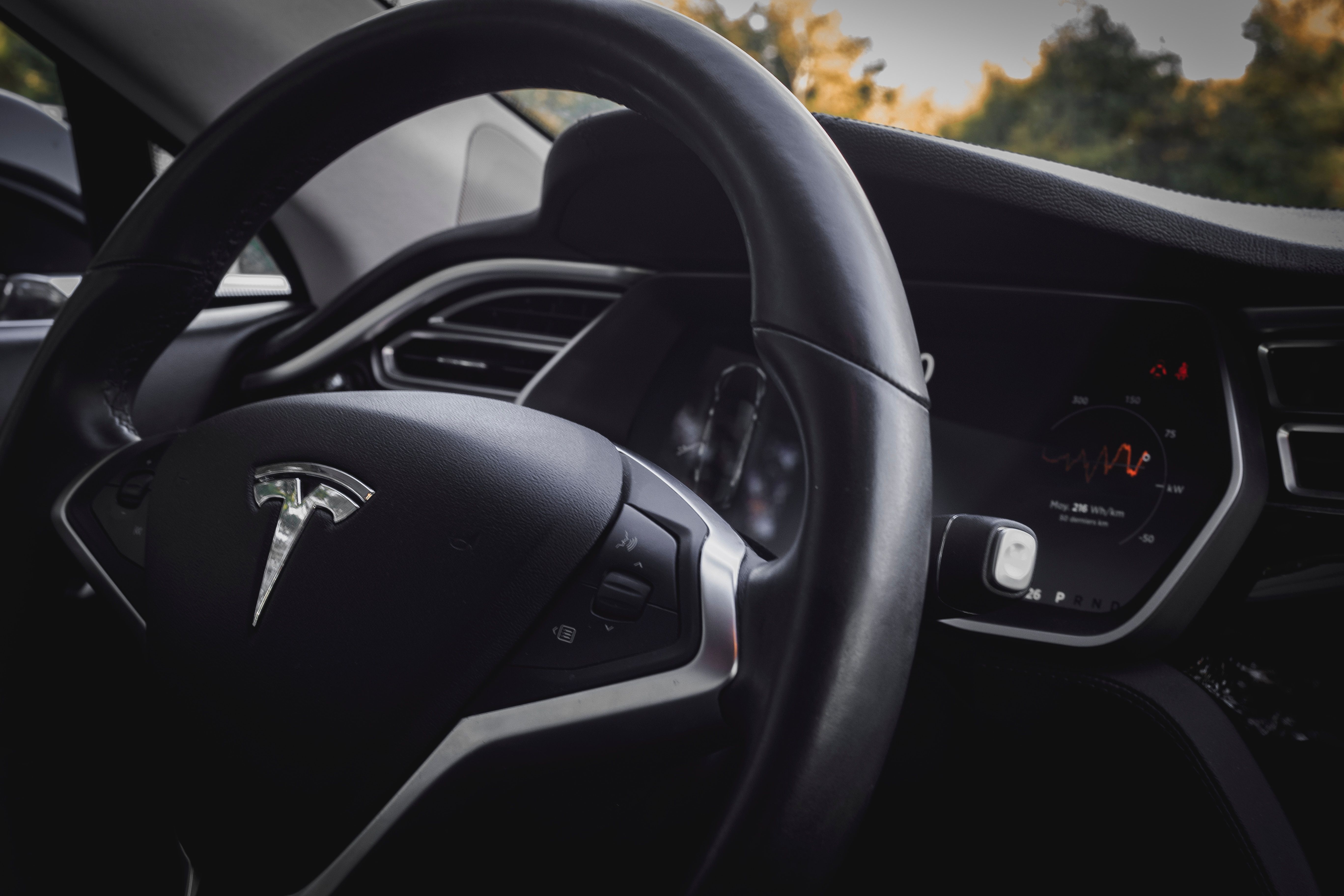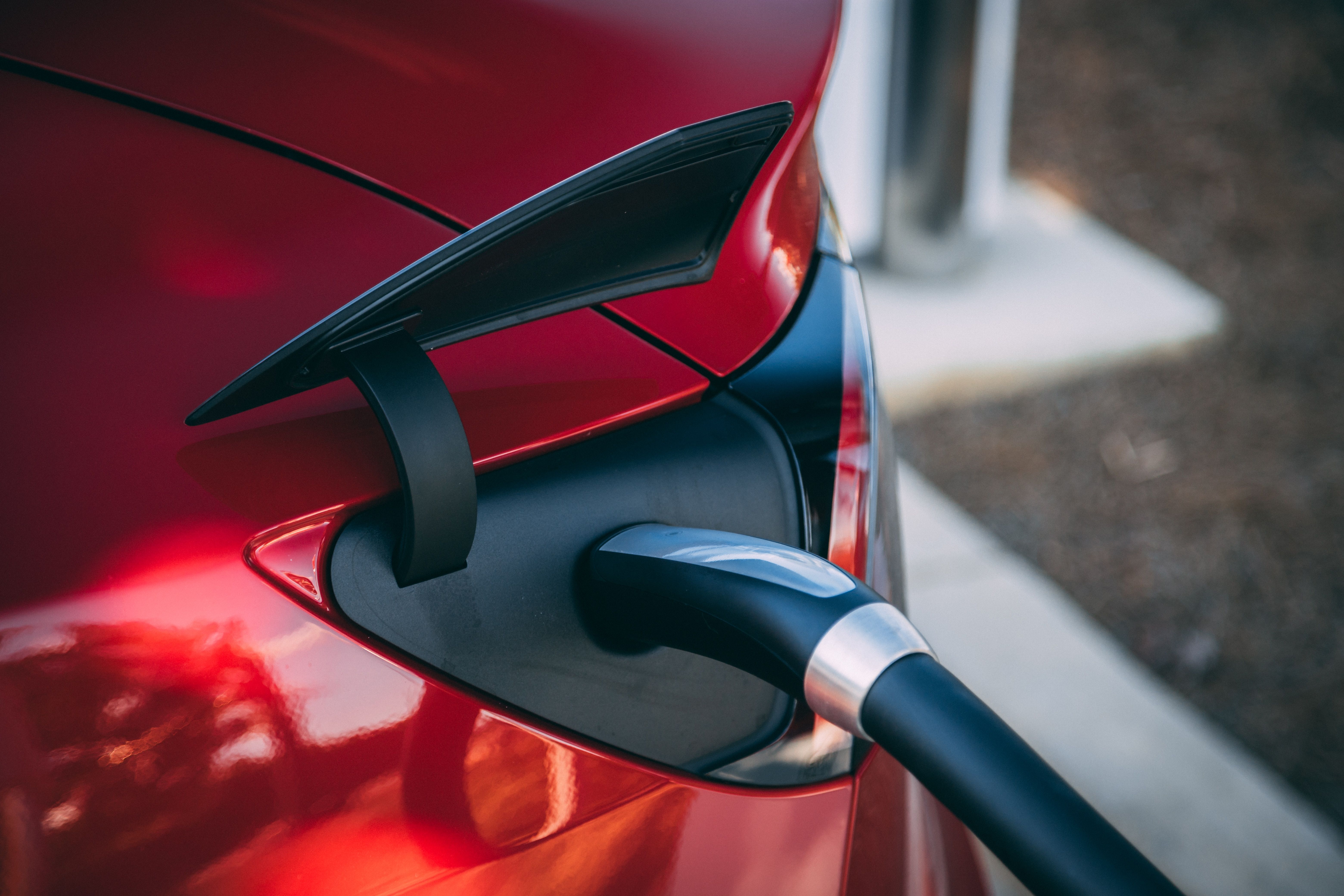Electric cars seem to be our only way to the future. They will save the planet and give us more comfort. They are quicker, faster, and more fun. Heck, EVs also have the potential to be cheaper and more accessible alternatives to any ICE-powered vehicle. In this article, I will try to explore the broader ramifications of electric car mass production. I will show you why electric cars could give governments more control over your life and give car companies more money out of your pockets. Electric cars will do all that while taking away from you the one thing that gasoline and diesel-powered cars selflessly provided - freedom. I have a question that is almost in the realm of conspiracy - are electric cars a hoax?
The Economic Calamity Electric Cars Could Bring
"The amount of money you’d need to invest to take on the Chiron…if you choose your weapon well and you do it with electric technology, you can achieve it with a lower level of investment," Mahindra chairman, Anand Mahindra explained when asked about electric supercars.
This quote quite nicely illustrates the whole idea behind electric cars. They are cheaper to design, cheaper to manufacture, and far more effective at bringing the profit than ICE-powered vehicles. Let me give you one example. Electric cars have far less moving parts (and parts overall) compared to ICE-powered vehicles. Plus, EVs do not require the level of maintenance ICE-powered cars do. So, companies can design, produce, sell, maintain, and market electric vehicles for far less hustle (and money) than before.
Imagine what would happen if electric cars took over the world in the next five years. Imagine if 500 million of them somehow appeared overnight. The calamity to befall on the automotive industry would leak in all nooks and crannies of our economic prosperity. We would be doomed.
Indirectly, many more would suffer. The political, economic, and cultural ramifications of such a radical move are overwhelming. It is the same case in basically any economy that leans heavily on the automotive sector.
In that regard, car manufacturers that want this to happen overnight so they can earn more, for less work, have to do this transition slowly. When the transition happens, expect jobs related to ICE-powered vehicles maintenance and design to all but disappear. I am not joking. Do you remember the last time you have seen a gas lamplighter? Of course not because the answer is never. After the invention of the electric lightbulb, gas lamplighters who maintained gas lamps across the world disappeared. And not only them. Massive chemical companies that produced oils and kerosene used for lighting, such as the U.S. Chemical Manufacturing Company, ceased to exist. And that in a time when the world population was only around one billion. Imagine what would happen to the economy of the world if we simply ditched the ICEs. It would fall apart. After all, if the automotive industry were its own country, it would be sixth-largest economy on earth.
Mass electric car production that does not need as near as many employees would shatter this fragile economic balance we have. It would throw the world into a financial disaster we have never seen before. The only way to prosper would be car companies that would, for a brief period, earn more than ever. Such a radical shift in economic power will affect the political and cultural balance of the whole world and especially developed countries and political systems such as the U.S, E.U., Japan, Britain, or South Korea. These facts only tell us that electric car transition plays a much more significant role in our life than we are ready to accept or even comprehend.
The Lack of Charging Infrastructure
Did you know that as of December 31, 2018, the U.S. population had access to 121,998 convenience stores that sell motor fuels? You can add at least several thousand fuel stations to this number as well. And each and every one of them has at least two fuel pumps installed. That gives us an approximate 130,000 places in the U.S. alone where you can buy fuel for your ICE-powered car. In contrast, and as of September 2018, there are an estimated 22,000 public electric charging stations in the U.S. and Canada that offer level 2 and DC fast charging. I'll take a hit and say that 18,000 of those are in the U.S.
Sure, the electric charging infrastructure will continue to grow as electric cars keep their invasion on the car market. But so will the demand for electricity that leads us to the big question that revolves around our capabilities for energy production. Independent researches Todd Davidson, Dave Tuttle, Joshua D. Rhodes, and Kazunori Nagasawa revealed their findings of "estimating how much electricity EVs will demand?"
The conclusion is that the U.S. will have to make significant improvements on the existing electrical network. Furthermore, depending on consumer habits, and the time of the day when EVs gets recharged, some states would have to import the energy from other states or countries.
Teslas' Supercharger network indeed looks to tap on self-sustainable electric sources (solar power), but it is still far away from getting off the grid. If ever. This all leads me to believe that with the rising demand for electricity, the United States will have to invest in electricity production. Solar and wind sources are all good deals, but if you want something sustainable and powerful, I am afraid that you have to build a dam or a nuclear powerplant.
Change in Traffic Laws Due To Limited Electric Cars Performance
Some time ago I wrote a little piece about a guy who drove a Porsche Cayenne Coupé on the Autobahn at close to 186 mph. In that article I have, wholeheartedly, explained what the drive on the Autobahn looks like. In short, people drive fast on the Autobahns and highways. In most of Europe. Only with ICE-powered cars tough. See, when you travel at high speeds with an electric car, the wind resistance is a crucial enemy of range. The battery needs to provide a whole lot more charge than usual to accelerate and keep that speed up.
Back in 2015, a German owner of the Tesla Model S P85D made a rather awesome test. He pushed the Model S at the Autobahn as fast as possible to see how many miles he can cover with it before depleting the battery. With an average speed of 162 km/h (102 mph), he managed to cover 181 kilometers (112.5 miles). Now, the P100D could do a bit better (but not by much). And this is a major problem because it effectively makes "fast" electric cars extremely slow. A regular Audi A4 with a 2.0-liter diesel will travel for 500 kilometers (310 miles) at that speed. After that, you need a 5-10 minute fill-up, and you are ready to go for it again. 500 kilometers range at 160 km/h with a 2.0-liter diesel-powered Audi with a full tank is a conservative estimate mind you. I managed to achieve between 700 and 800 kilometers (435-497 miles) at a similar speed with a full tank in an Audi. So, let me paint you a picture.
With an average speed of 162 km/h, you will cover 500 kilometers (310 miles) in a bit more than 3 hours. You cannot achieve the same performance with the Model S, Model 3, or any other electric car. That German owner of the Tesla Model S P85D would have to recharge its battery twice if he wanted to achieve the same performance. That alone would take approximately an hour and a half. So, that guy would need four and a half hours to complete the same task. Do not wonder anymore why the newest generation of Audi "S" cars have diesel engines. It is because they can do this kind of things.
The problem only intensifies if you add elevation changes into the mix. Electric car range melts during spirited driving on the roads with a lot of hills. Considering all this, I can see that governments can find a solution by introducing stricter speed limits. While the usual speed limit on the highways and Autobahns in Europe is 80 mph (130 km/h), U.S. drivers have to obey highway speed limits between 60 mph and 70 mph. Obviously, introducing stricter limits and effectively making cars slower actually helps with electric car sales. Have you ever wondered why Tesla links the range of its vehicles with highway speeds in its promotional materials? It is because U.S. highway speeds are dismally low. You won't see Tesla flaunt about the range of its Model S at Autobahn speed. An even more extreme example of slowing down the cars to increase safety, but also promote the sales of electric vehicles can be seen in Norway.
The Curious Case of Norway
"In total, 48.4% of all new cars sold from January to June were electric, surpassing the 31.2% seen for the full year 2018, and making oil-producing Norway the global leader in per-capita electric car sales by a wide margin," Reuters reported in July 2019. But why? If you think that Norwegians are more sensitive about ecological issues, you would be wrong.
“Norwegians are not much more environmentally friendly than other countries,” said Christina Bu, Secretary General of EV Norway, a non-profit representing electric car owners in Norway. “The overwhelming majority of people purchasing EVs says the number one reason is economic.” See, Norway is basically the only country in the world that made electric cars less expensive compared to its ICE-powered alternatives.
The taxation of ICE-powered vehicles is so huge that there's simply zero economic sense in buying such a car next to the taxes-exempt electric vehicle. Lasse Fridstrøm, senior research economist at the Norwegian Center for Transport Research, concluded this in his research called “Electrifying the vehicle fleet: Projections for Norway 2018-2050.”
“Vehicle electrification in Norway is brought about, not by generous subsidization, but—quite the contrary—by stiff taxation,” Fridstrøm wrote.
Another reason for a spike in electric car sales in Norway comes from several incentives government introduced. As Green Car Reports points out:
"Taxation on gas and diesel vehicles turns into incentives for electric vehicles, whether powered via batteries or fuel cells. Collectively these zero-emission vehicles (ZEV) have no value-added tax, which is 25 percent on gas and diesel vehicles. There is no registration tax on used car sales, no annual ownership tax, and no fuel tax. Road tolls are “fully or partially” exempt, ferry fares are “strongly reduced,” bus lanes are mostly open to ZEVs, public parking fees are tossed for ZEVs and there is plenty of free charging for BEVs."
So, Norway does a brilliant thing. They sell vast amounts of oil from its North Sea reserves, then invest that money to educate its population (5,26 million) and create a financially prosperous nation. All of these measures seem to benefit electric car sales. As a final measure, speed limits in Norway are even stricter than anywhere in the U.S. The majority of highways limits the speed to 56 mph, while only some of them allow for 68 mph. As I have explained earlier, electric cars really love to move slowly and on flat terrain. Norway provided perfect conditions. What I am saying is that we need to accept to travel slower if we want to use electric cars as a viable means of transportation.
Less Freedom Behind The Steering Wheel
So, I have already explained that you cannot drive an electric car as fast as an ICE-powered one. You are also far more dependent on the charging stations with the electric vehicle than you are on fuel stations with the conventional car. There is, however, one more severe limitation that ownership of an electric vehicle imposes on you. You cannot go wherever you want.
Think about it, if you want to go from one city to another with a Tesla you have to take a route that has superchargers on it. You cannot just decide to have a 50-mile detour if the road you want to make a detour on does not have a supercharger. While this does not sound like a big problem, it can have huge economic ramifications for small communities that lack proper electric charger infrastructure. With an electric car, you just do not go there. To illustrate this further, take your electric vehicle and make a road trip in eastern Europe, in India, or South America. It is almost impossible. Jerrycans of electrons do not exist, after all. This leads me to my next point.
How Can Government Control You Easier When You Drive An Electric Car?
With the connected electric cars, limited range, limited speed, and precisely tailored routes you can take to reach your destination, it is far easier to predict the patterns and behavior of the individual, and the community as a whole. I cannot even imagine what kind of power this gives to people who actually manage this large electric car transportation system. It is a Matrix.
Conclusion
If you read everything I laid out in this article, then you can understand what I am about to tell you. Mass production of electric vehicles will:
- dramatically change the balance of power (economic and political) giving more of it to people sitting in the boards of directors of car producers and governments
- provide far more tools to governing bodies for control of the people
- take away some freedoms you wholeheartedly enjoyed with the gasoline and diesel-powered cars
- directly affect and extinguish some occupations
- put a massive strain on the electric network
- probably evoke a change in traffic laws, making you drive even slower
- induce the development of new dams, windmill farms, solar power collectors and maybe even nuclear reactors for the production of electricity
As you can see, the mass production of electric cars will completely change our way of life. Governing bodies will, no doubt, get far more control about the movement, habits, and desires of the pleb. They will achieve as much by sacrificing people's privacy on a grander scale than smartphones could do it. In return, you will probably be safer on the road, have less to worry about, and be closer to the Matrix than ever.

